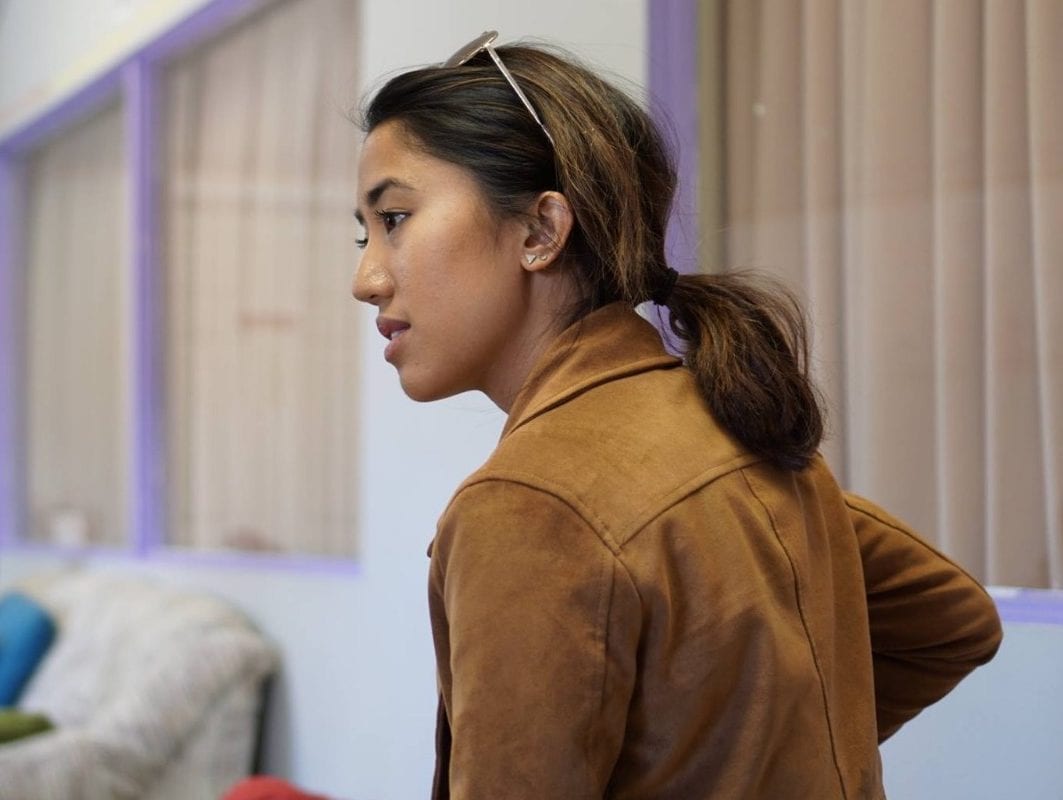“A goal without a plan is just a wish.” – Antoine de Saint-Exupéry
Hi readers, my name is Kat and I’m a mentor for the 3% Project!
After the assembly, Steve leads a workshop with a group of student leaders to develop action projects that solve their community’s greatest sustainability challenge. After the workshop, the students are connected with me. In turn, as my name suggests, I mentor and guide students through the design, implementation, and follow-up of their project.
Let’s start with design. I recently had a call with students, fresh after Steve’s assembly and workshop. 20 minutes into the call, there were more than 30 project ideas. From hosting a farmer’s market, to holding climate roundtables with community leaders, to designing a mobile app to track waste: this group had an overwhelming amount of projects that they wanted to complete in the next year.
“Hold on. Let’s go back to the basics. If you want to do 30 projects over the course of a school year, you have 8 months. What’s the timeline for each project? What’s the budget? What’s the plan?”
There was silence on the other line. None of my questions could be answered.
This is a mentality that students often unknowingly adopt: the mentality that thinking of an idea is equated to making an impact. Students start off with incredible momentum because they think of so many great ideas, but hit a roadblock when they realize moving from conceptualization to implementation is not a one-step process.
Moving forward, I recommended that the students create a comprehensive list of all their project ideas accompanied with the actual problem that they are trying to address through their solutions. This allows students to better orient themselves with their community’s problems and understand how each project should be prioritized to meaningfully address its respective problem.
I further suggested that students take the time to critically think about the costs and benefits of each project, determine the amount of time needed to invest into each project, and re-evaluate the community’s support for each project.
Taking the time to create an implementation plan reduces the chance of students becoming overwhelmed. Less overwhelmed (and happier) students, greater chance of their project being completed!
I’m grateful that I get to work with youth to teach them how to transform their ideas into action: ensuring that ideas not only remain as ideas, but real projects and real impact. Yes, youth can do anything, but my job is to tweak that “we can do anything” mentality to a mentality of “we can do anything, now here’s the plan.”
I’ll be updating you throughout the summer, so stay tuned for more of my mentorship updates!

